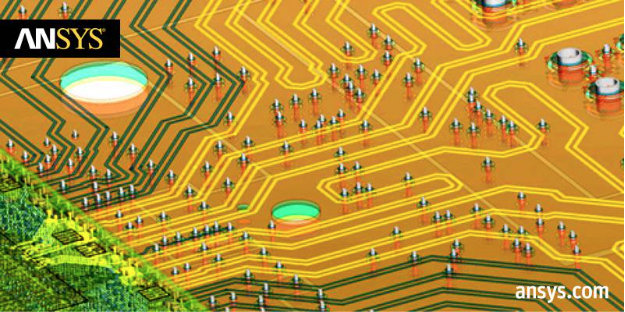
DesignCon is the premier conference on high-speed electronics at the chip, package and system level. Held annually in the heart of Silicon Valley, it brings together top design engineers, researchers and industry executives who drive the frontier of electronics. At the conference Dr. Zoltan Cendes, the founder of Ansoft Corporation (acquired by ANSYS in 2008) and a Life Fellow of IEEE, delivered a keynote presentation on how signal integrity (SI) simulation has been turned inside out with electromagnetic (EM) field simulation.
Inside Out So what does it mean to turn signal integrity simulation inside out? Modern simulation has physics-based solvers in the foreground supported by circuit and system simulation rather than the other way around. All electronic design is fundamentally based on Maxwell’s equations, so naturally the most rigorous way to deliver accurate simulation of high-performance systems is to solve those equations directly. In the past, electronics were not dense enough or fast enough to require solutions of the fully coupled Maxwell equations (what we call “full-wave” field solutions), nor did we have the computers able to solve these giant problems. Traditional electronic design validation relied mainly on circuit simulators like SPICE. Only isolated portions of the design were modelled using electromagnetics. Electrical parasitics were typically extracted using approximate, quasi-static table look-up methods. We worked with circuit simulation, quasi-static solutions and hybrid methods for signal integrity design.
Electromagnetic simulation has now evolved to the point where entire electronic systems can be simulated from a layout. Advanced numerical methods, high-performance computing and new technologies that automate the handling of massive EDA data sets have enabled this transformation. It is even possible to couple the electromagnetic analysis with multiphysics simulations, so that designers can evaluate the impact of thermal and mechanical stress effects.










Water Sector Talent Exodus Could Cripple The Sector
Maybe if things are essential for the running of a country and we want to pay a fair price we should be running these utilities on a not for profit...